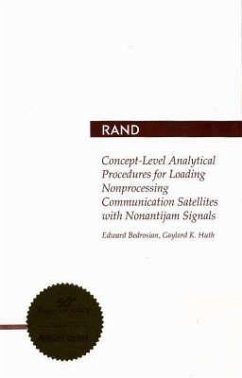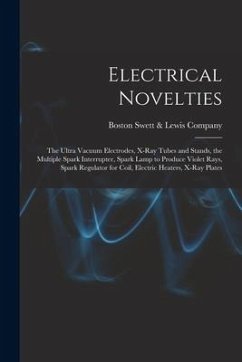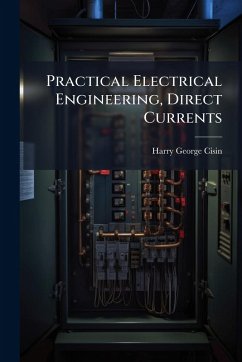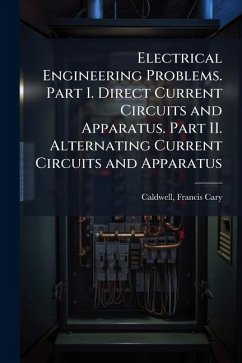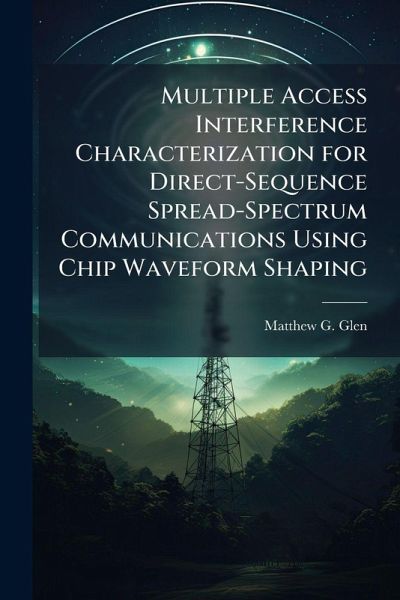
Multiple Access Interference Characterization for Direct-Sequence Spread-Spectrum Communications Using Chip Waveform Shaping
Versandkostenfrei!
Versandfertig in über 4 Wochen
15,99 €
inkl. MwSt.
Weitere Ausgaben:

PAYBACK Punkte
8 °P sammeln!
The modern world has an increasing demand for wireless multiple access communications; direct-sequence spread-spectrum multiple access (DS/SSMA) systems comprise many of these communication systems. A better understanding of multiple access interference (MAI) effects on DS/SSMA system performance, specifically their impact on overall system bit error rate (BER), enables system designers to minimize MAI degradation and produce greater DS/SSMA system capacity. This research characterizes MAI effects on DS/SSMA system performance through simulation in Matlab?, and explores the impact of multiple ...
The modern world has an increasing demand for wireless multiple access communications; direct-sequence spread-spectrum multiple access (DS/SSMA) systems comprise many of these communication systems. A better understanding of multiple access interference (MAI) effects on DS/SSMA system performance, specifically their impact on overall system bit error rate (BER), enables system designers to minimize MAI degradation and produce greater DS/SSMA system capacity. This research characterizes MAI effects on DS/SSMA system performance through simulation in Matlab?, and explores the impact of multiple access code selection, chip waveform shaping, and multiple access code length on BER for both synchronous and asynchronous multiple access networks. In addition, the simulated DS/SSMA model permits rapid research into the effects of additional factors on BER. Prior to experimental testing, model validation is conducted through single user trials and by comparison with existing research for similar system designs. For synchronous and asynchronous networks, Gold coding improves BER by 7.5 and 4.0 dB, respectively, relative to aperiodic random spreading codes. Synchronous network results show that chip waveform shaping provides no significant BER improvement for the Blackman or Lanczos shapes. However, asynchronous network results show a potential BER improvement for Blackman and Lanczos shapes. Increasing code length from 31 to 511 resulted in a 7.5 dB BER improvement. Collectively, these results directly relate changes in BER to waveform cross-correlation statistics. This work has been selected by scholars as being culturally important, and is part of the knowledge base of civilization as we know it. This work was reproduced from the original artifact, and remains as true to the original work as possible. Therefore, you will see the original copyright references, library stamps (as most of these works have been housed in our most important libraries around the world), and other notations in the work. This work is in the public domain in the United States of America, and possibly other nations. Within the United States, you may freely copy and distribute this work, as no entity (individual or corporate) has a copyright on the body of the work. As a reproduction of a historical artifact, this work may contain missing or blurred pages, poor pictures, errant marks, etc. Scholars believe, and we concur, that this work is important enough to be preserved, reproduced, and made generally available to the public. We appreciate your support of the preservation process, and thank you for being an important part of keeping this knowledge alive and relevant.



